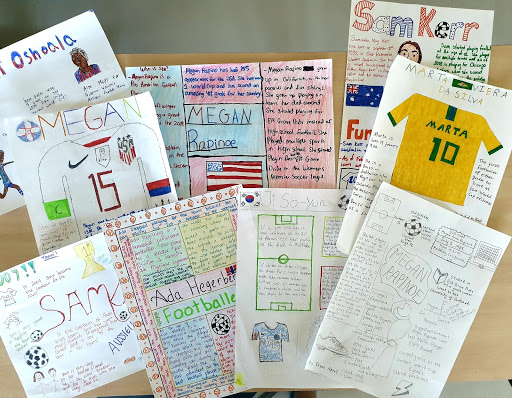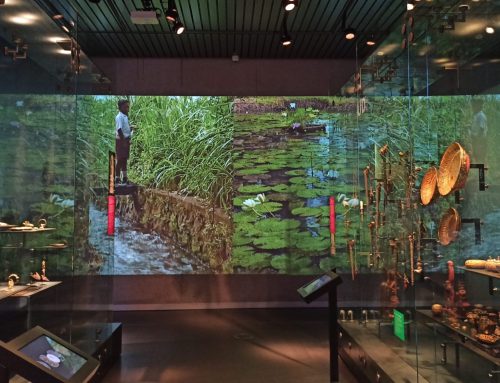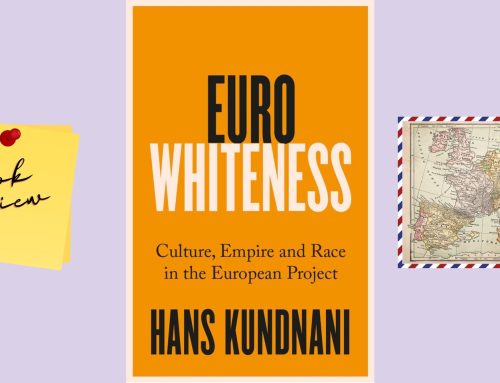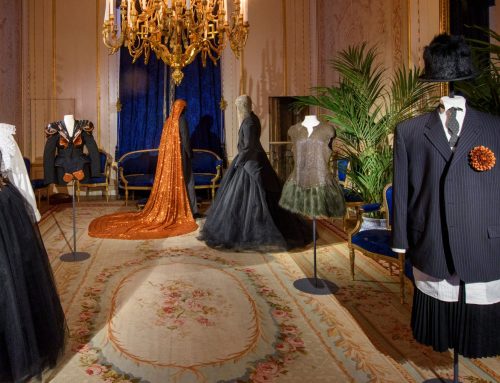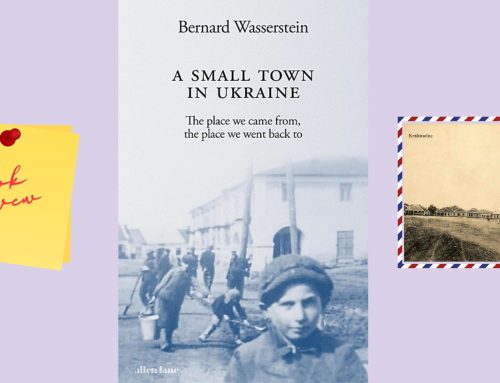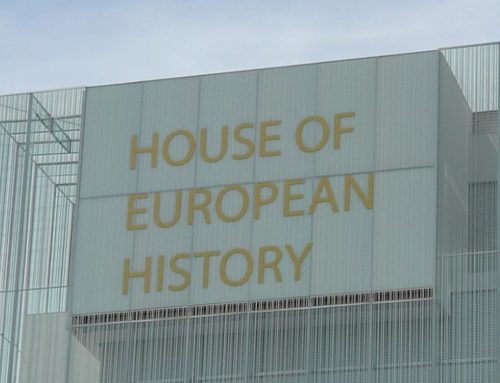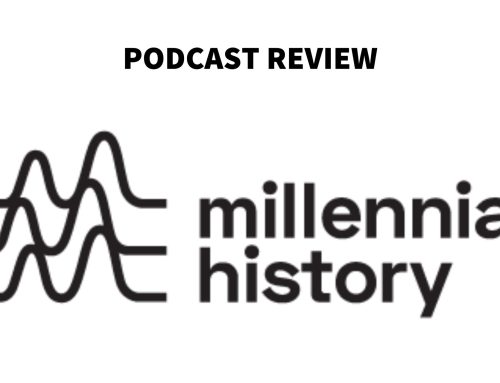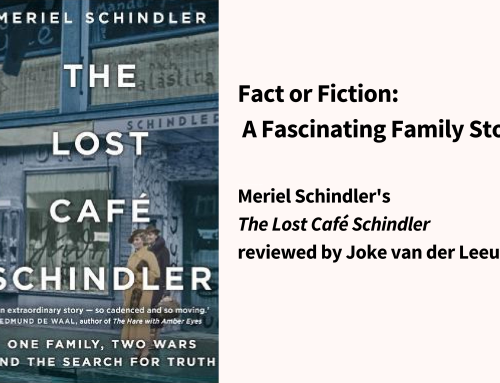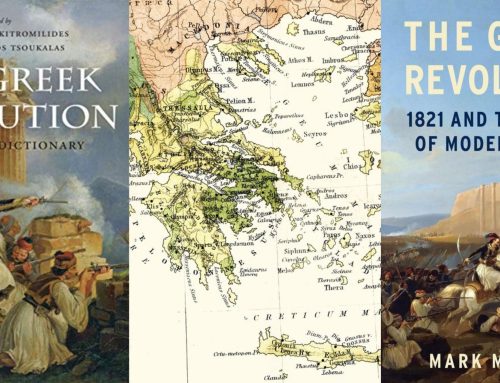Teaching Tolerance (2018 – 2019). “Queer America”. In partnership with University of Wisconsin Press. Hosted by Leila Rupp and John D’Emilio. Available on Spotify, Google Music, Apple Podcasts.
Podcasts are a great way to engage with new thoughts and insights, as they are entertaining yet highly informative and always available. All of the above is applicable to the podcasts series produced by Teaching Tolerance named Queer America. Teaching Tolerance is a project of the Southern Poverty Law Center, which monitors hate groups in the United States of America and promotes social justice in education. Teaching Tolerance provides teachers with classroom resources and professional development to promote anti-bias education. In this article the podcast series will be reviewed by firstly assessing the need for such a resource, thereafter providing a short summary of the topics discussed, along with some ideas and example lessons inspired by the podcast series.
Why Teach Queer History?
In a report conducted by the European Agency for Fundamental Rights in 2013, the alarm was raised. It gave a shockingly negative account of the experiences of LGBTQ students in Europe. One of the concerns was the lack of factual information about sexuality and gender diversity to counteract stereotypes and biased information. The United Nations explicitly endorsed to teach respecting and appreciating diversity in their framework for Global Citizenship Education. EuroClio as well signifies inclusion as one of their main focus areas. In reality, however, LGBTQ history is rarely discussed in the media, museums, research, let alone in public education. Last year, Scotland was one of the first nations in the world to make LGBTQ history a mandatory part of the curriculum. The podcast Queer America tries to fill this void by helping educators in finding ways to incorporate LGBTQ history in the curriclum.
The Gist of the Podcast
As of now, the series exists out of thirteen episodes of about an hour. Each episode has its own distinct theme which can be historical or pedagogical. The podcast is hosted by Leila Rupp, a professor in feminism, and John D’Emilio, a professor in women’s and gender studies, who receive guests to talk about a certain topic. The first three episodes discuss how educators can go about engaging students with the histories of queer people. In these episodes many references are made to the guide created by Teaching Tolerance, which gives practical advice on creating a community of trust and respect for everyone (for example by creating a classroom contract, as mentioned in this blog).
In other episodes topics in queer history are explored. The podcast is produced in the United States of America (US), thus it is US-focussed. Nevertheless, World War II is an event that allows for an investigation on the contrasting impact of war on various groups. In episode seven, historian Susan Freeman suggests to delve into the concept of freedom in relation to World War II, because whose freedom mattered during the war? The queer community experienced a lot of scrutiny and policing during that time. However, it also brought a lot of young men together during moments of vulnerability, hence a carpe diem mentality arose and gay men sought each other’s company despite repercussions. Other historical moments discussed are the “Lavender Scare” during the Cold War, protests in the 1960s, the AIDS epidemic in the 1980s and 1990s, and same-sex romantic friendships in the 19th century. All these events take place in the US, nonetheless they provide educators with hints about what stories are waiting for us to be unburied and examined in our classrooms.
Ideas
By listening to different experts explaining their approach to teaching queer history, a wide variety of possibilities are demonstrated. One example is addressing during every unit the question: “ Who is included and whose voices are we missing?”. Besides acknowledging that certain voices are missing, it also encourages educators to address the question why this is the case. Thus, this means to consider the way in which history is written and why some stories are revealed while others forgotten. Hereby cultural norms, societal expectations, and power structures are exposed. Researching historical figures who were gay or transgender is another way of incorporating queer history into the curriculum. It is possible to find such a person for every time period. Teaching Tolerance included a list of historical figures in their guide. The example given in episode thirteen is a research into the life of Lorraine Hansberry, which allows for a discussion on intersecting identities like sexual orientation, race, and class. In an European context, such investigation can be done into the life of April Ashley or Josephine Baker.
Examples
In the podcast, the guide for the subject social science, created by the Californian State Board of Education in 2016, is often used as an example of how to incorporate seamlessly queer history into a standardized curriculum. In this framework there is a critical approach towards all topics in the standard US curriculum, starting with an examination of something basic and important as family. This is a great opportunity to make students familiar with diverse families. An example is a lesson for grade 6 based on the question: “What makes a family?”. Firstly, students create a drawing of what they think a family looks like, thereafter they look at photos of diverse families (blended families, multigenerational families, families from different religious background, gay parents and their childeren, etc.). Students analyse the photos by describing what they see on them. After a class discussion, students answer the central question again and indicate their change in thinking. Another way to incorporate a discussion about gender binary is discussing masculinity, which the podcast does by highlighting the New Deal period. Teachers can do a similar inquiry about masculinity in Europe, which created unequal expectations for men and women based on their sexes. Any attempts are a beginning, as the most important message of the podcast is to start the discussion about queer history in your classrooms.
Conclusion
The podcast accomplishes to inspire educators to teach about the histories of gay, lesbian, and transgender people. The hosts interview experts on different topics, thereby focussing on historical and pedagogical topics. The podcast aims to encourage teachers to have these – sometimes – controversial conversations in the classroom. One point of criticism is the assumption of the producers that educators have a willingness to take this step, as it does not delve into the need for actions from teachers. Furthermore, the podcast is created in the US, therefore this is also their focus. Nevertheless, European educators can take lessons from the podcast and incorporate the framework and ideas in their own curriculum. Perhaps this can encourage educators in Europe to demand the inclusion of LGBTQ history in all curricula, making Scotland the example and not the exception.
Maayke de Vries
History teacher at International School Almere
PhD Student UCL Institute of Education
www.mizsdafreeze.com

